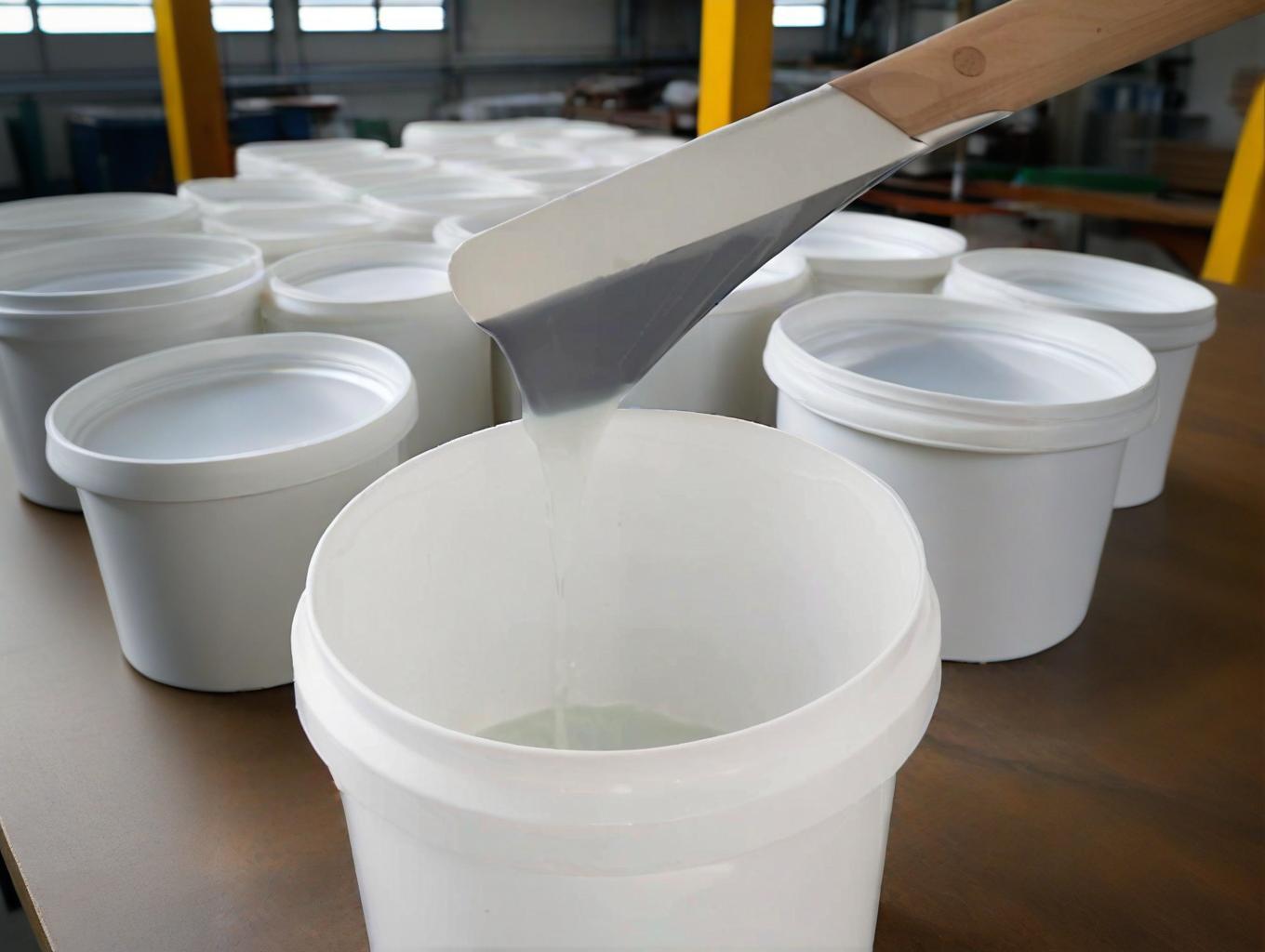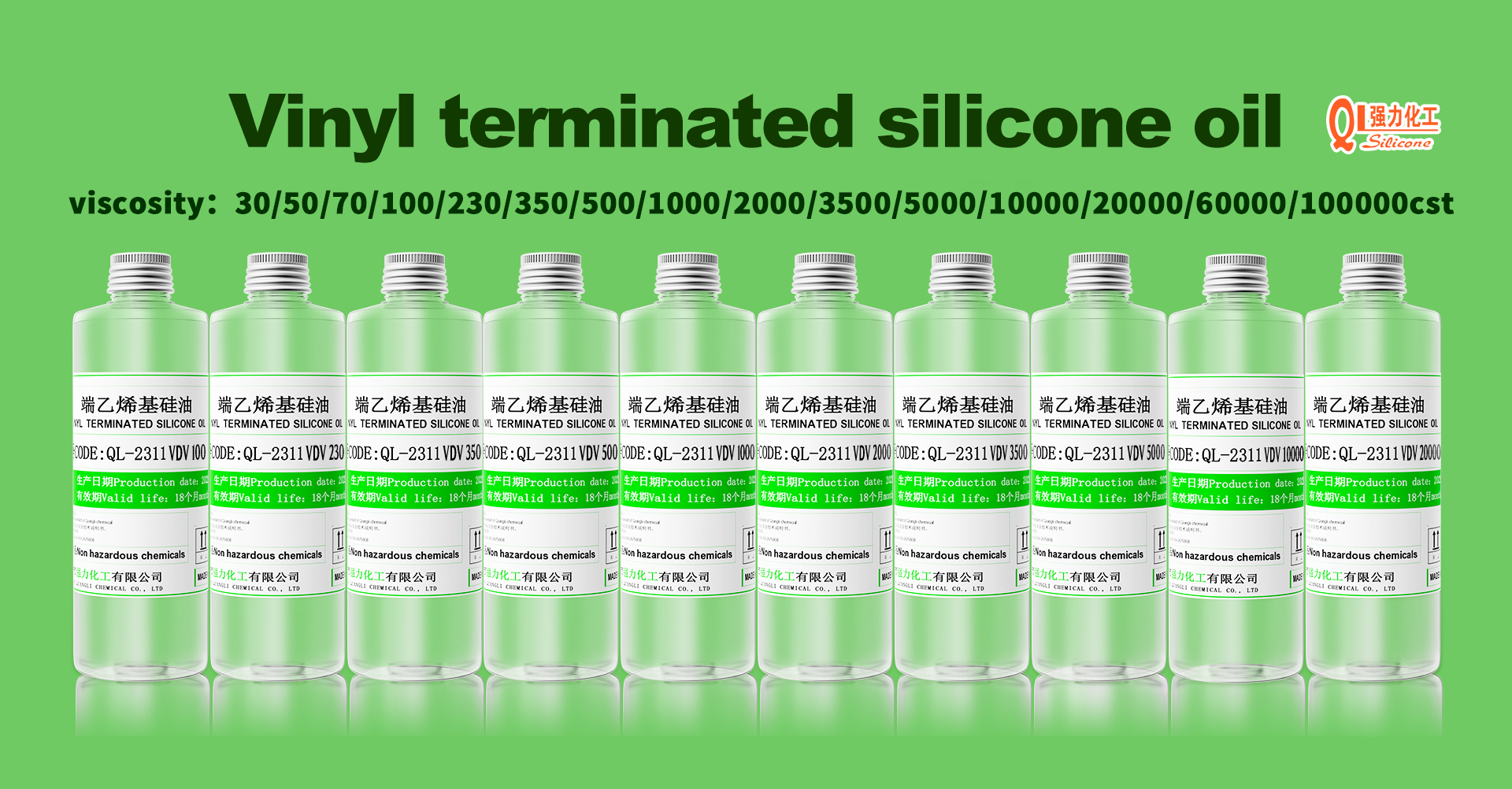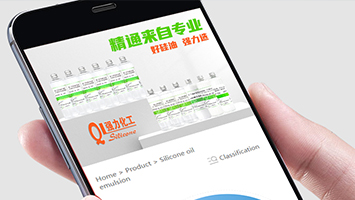In recent years, liquid silicone rubber (LSR) technology has achieved a full chain upgrade from mold design to terminal application through the deep integration of material science, process innovation and intelligent manufacturing. In particular, the breakthrough application in the fields of precision electronics, medical health, new energy, etc. marks the leap of LSR technology from "auxiliary materials" to "functional core components". The following is an analysis of the key paths and future potential of technological innovation:

Mold manufacturing: a disruptive breakthrough in precision and efficiency
Intelligent mold design
AI-driven mold flow simulation: optimize mold flow channel design through machine learning algorithms, predict defects such as bubbles and shrinkage marks in the material filling process, and increase the yield by more than 30% (such as the deep integration of Moldflow and LSR-specific software).
Nano-level surface treatment: Diamond-like coating (DLC) or micro-arc oxidation technology is used to extend the mold life by more than 5 times, and at the same time, LSR products can be demolded without traces on the surface.
Conformal cooling water channel: The special-shaped cooling channel manufactured by 3D printing technology makes the mold temperature uniformity error <±1℃, significantly shortening the molding cycle.
Flexible manufacturing revolution
Modular mold system: For multi-variety and small batch requirements (such as medical devices), "one machine, multiple molds" are achieved through rapid mold change technology, and the switching time is shortened to within 10 minutes.
Additive manufacturing mold: Conformal inserts printed by metal 3D solve microchannels (<0.2mm) and bionic structures that cannot be achieved in traditional processing.
Material innovation: from performance enhancement to functionalization
High-performance formula breakthrough
Extreme environment resistant LSR: The temperature range is extended to -60℃~300℃ (such as Wacker Chemical's SilGel® series), and it can withstand strong acid, strong alkali and radiation environments.
Electrical/thermal conductivity modification: Adding fillers such as boron nitride and carbon nanotubes, the thermal conductivity is increased to more than 5 W/m·K (such as Maitu's TC-5005), meeting the heat dissipation requirements of 5G base stations and electric vehicle power modules.
Biocompatibility and safety
Medical grade LSR: ISO 10993 certified, used for long-term implanted devices (such as pacemaker seals), and developing antibacterial LSR (doped with silver ions or photocatalyst materials).
Food contact safety: Meets FDA 21 CFR 177.2600 standards, used for baby products and smart kitchen appliance seals.
Molding process: from scale to ultra-precision
Multi-physics field coupling injection molding technology
Electromagnetic assisted molding: Control the orientation of LSR molecular chains through magnetic fields to improve mechanical properties in specific directions (such as directional enhancement of elastic modulus by 50%).
Vacuum injection molding and pressure feedback: Real-time adjustment of mold cavity pressure to eliminate micron-level pores for optical-grade LSR lenses (transmittance > 92%, haze < 1%).
Micro-nanoscale manufacturing
Microneedle array injection molding: Manufacturing medical microneedles with a diameter of < 50μm (such as blood glucose monitoring patches), breaking through the mechanical strength limitations of traditional PDMS.
Co-integration of LSR and electronic components: Directly embed flexible circuits (such as MEMS sensors) during the injection molding process to achieve "structure-function" integration (case: Tesla battery pack sealing and stress monitoring integrated module).
Electronic potting: the core guarantee of high reliability
Adaptation for high-frequency and high-speed scenarios
Ultra-low dielectric materials: dielectric constant (Dk) <2.8, loss factor (Df) <0.001, meeting the needs of millimeter-wave radar and 6G communication equipment (such as Shin-Etsu's KE-1955 series).
Electromagnetic shielding LSR: adding magnetic particles (such as carbonyl iron powder) to achieve a wide-band shielding performance of more than 30dB.
Innovation in the field of new energy
Battery pack potting: electrolyte corrosion-resistant LSR (such as Dow DOWSIL™ CC-2588), used for 4680 battery module sealing, still maintains elasticity at -40°C.
Hydrogen fuel cell bipolar plate sealing: LSR solutions that are resistant to hydrogen embrittlement and high pressure (>3MPa) replace traditional rubber, and the life span is increased to more than 20,000 hours.
Future trends: greening and intelligence
Circular economy driven
Chemical recycling technology: Develop LSR closed-loop recycling processes (such as thermal cracking and regeneration of siloxane monomers) to reduce industrial waste.
Bio-based LSR: Replacing petroleum-based raw materials with renewable resources such as castor oil (Covestro has launched experimental products).
Digital twin and intelligent monitoring
IOT-enabled production line: Real-time monitoring of LSR vulcanization degree and stress distribution through embedded sensors, dynamically adjusting process parameters (such as Engel's iQ series control system).
Blockchain traceability: Data from the entire life cycle from raw materials to end products is uploaded to the chain to meet the compliance requirements of the medical and automotive industries.
Conclusion
The innovation of liquid silicone technology has broken through the scope of optimizing the properties of a single material and turned to deep coupling with terminal application scenarios. In the future, with the penetration of technologies such as AI and quantum computing, LSR will evolve towards "adaptive materials" (such as temperature-sensitive/deformation-responsive types) and "energy-information carriers", becoming one of the cornerstone materials for the next generation of smart hardware. Enterprises need to focus on the "precision + functional + sustainable" trinity technology layout to seize the commanding heights of high-end manufacturing.




